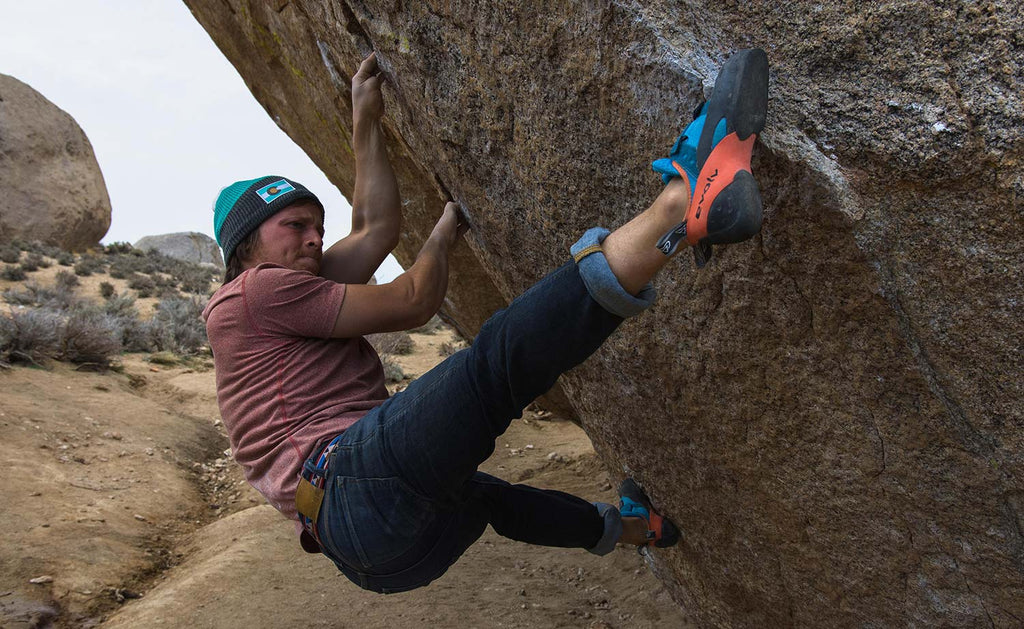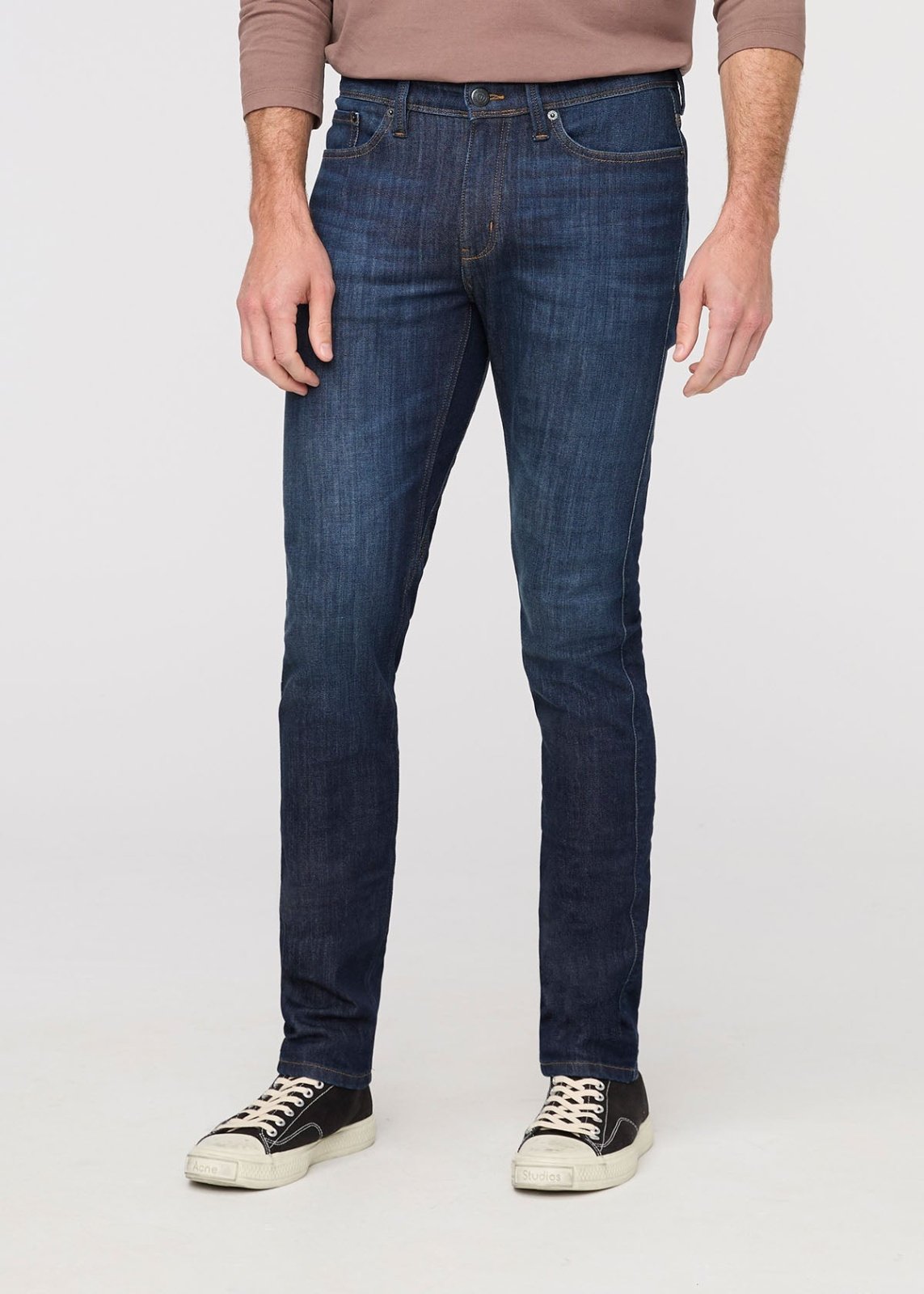Rock climbing is a gear-intensive sport. If you’re looking to learn swimming, you buy a bathing suit. If you want to join a soccer team, you buy soccer cleats. On the other hand, if you’re considering rock climbing, know that you’ll need to work with a much longer list of necessities.
But despite the relatively high barriers for beginners, you’re not alone. More and more people are learning to rock climb in their pursuit of enjoyable exercise and a little adrenaline. So many, in fact, that the number of commercial climbing gyms in Canada increased from 41 to 115 from 2010 to 2019.
If you’ve always wanted to try rock climbing but didn’t know where to start, you’re in the right place. We’ve put together a rock climbing guide to make it as easy as possible for newbies like you to get started.
What Gear Does A Beginner Rock Climber Need?
Rock climbing calls for more gear than your average sport. Beginners often find this topic overwhelming so we’ve listed the basic essentials that every aspiring rock climber needs to get going.
Climbing Shoes

Shoes are one of the most critical parts of rock climbing gear. A climber’s connection to the climbing surface is very dependent on the shoes. Climbing shoes should allow a climber to get a feel of the rock with their feet; they should provide a strong grip; and at the same time, they should protect the wearer’s feet from sharp surfaces.
Your first pair of climbing shoes should have a very snug fit. When it comes to shoe shape, climbers have a few different options. Go with the neutral shoe; they don’t force your foot into any awkward positions that might cause pain.
Another factor to consider when shoe shopping is the stiffness of the shoe. Climbing footwear ranges from extreme stiffness to quite soft. The stiffer the shoe, the less work your feet have to do. Having said that, softer soles are generally more comfortable.
As a beginner, it would be best to choose a moderate level of stiffness so that you can develop the toe muscles needed for climbing while feeling fairly comfortable.
Rope

The purpose of a climbing rope is to provide protection for the climber in the event of a fall. It consists of two main parts: a core and a sheath. The core is what makes the rope strong. The sheath is what makes the rope easier to handle.
Purchasing a good quality rope is absolutely crucial for your safety on the rocks. Beginners should choose a single rope system (versus the more advanced roping systems) to maximize protection and ease during the climb.
You should also consider the length, weight and diameter of the rope. You’re going for durability and comfort.
Lastly, choose a dry-treated rope to withstand any water.
Note: Ropes are required for rock climbing, not bouldering.
Harness

A harness is what connects the climber to the rope. Harnesses come with a wide variety of features. For your first harness purchase, you simply need to prioritize comfort.
You know you’ve found the right fit when the harness fits snug above your hip bones and the distance between the waist belt and leg loops feels comfortable. You should not be able to pull your harness down over your hips and the leg loops should be fitted but not tight.
Pro-tip: Wear your rock climbing attire (more on that later) when you’re choosing a harness.
Helmet

Many indoor climbing gyms don’t require helmets. But you definitely need one when climbing outdoors to protect your head from falling rocks. And if you happen to fall or flip, a helmet can also protect your head from the impact.
Chalk

What’s a rock climber’s worst nightmare? Sweaty palms.
This is why you need chalk. Chalk absorbs the sweat from your hands. It also allows you to improve your grip strength.
If you’re cringing at the thought of that powdery chalky feeling on your hands, consider liquid chalk. It has the consistency of a lotion and dries instantly to form a chalky coating on your hand without that icky feeling.
Chalk Bag

Chalk bags are for storing your chalk. Chalk bags can be strapped on your harness to hang off the back or side of your hips for easy access as you climb. The chalk bag is the ultimate climbing accessory.
We suggest making these first-time purchases under the guidance of an experienced climber.
What Should I Wear When Rock Climbing?
When you’re climbing indoors, the general rule is to wear whatever is comfortable and doesn’t restrict movement.
You’ll see climbers wearing shorts and tank tops at indoor gyms. However, dressing for a climbing adventure in the wild usually calls for different attire.
At indoor gyms, the climbing surfaces are smoother with fewer jagged edges than real rock. So, while you could wear just about any t-shirt or tank top that allows your arms full range of motion, breathable long sleeves are recommended for protection against scrapes.
As far as bottoms, wearing shorts will expose your knees which will almost certainly get cut during your climb. We recommend that you opt for full-length pants for protection.
You are best off with pants that are breathable, light yet durable and allow you to move comfortably.

Climbing Pants For Beginners, Recommended By Pros
 DUER Ambassadors - William Woods, Tyler Weber and Meg Kee.
DUER Ambassadors - William Woods, Tyler Weber and Meg Kee.
- Live Free Adventure Pant: Adventure photographer, climber and DUER ambassador William Woods, swears by this pant for all his outdoor adventures—rock climbing included!
- No Sweat Pants: This rock climbing pant comes recommended by Tyler Weber, photographer, education and climber. Tyler raves about these pants for their comfort and versatility. “From a day teaching to a day rock climbing - they're my favourite pick every time.”
- Performance Denim Slim Straight: Yes, you can wear jeans! Don’t take it from us. Take it from avid rock climber, Meg Kee. Her number one choice is the Performance Denim Slim Straight. She loves wearing these jeans on a climb because they are stretchy enough to allow her to move and durable enough to protect her legs.
It’s True. You Can Wear Jeans Rock Climbing.
DUER’s line of rock climbing pants includes denim jeans that are made of moisture-wicking, breathable fabric. These jeans keep you cool and comfortable while you climb, without restricting your movement. They even have a hidden gusset to help protect against crotch blowouts.
No need to purchase typical rock climbing pants. These jeans work on the slab and on the street.

How Do I Start Rock Climbing?
Now that you’ve got the gear and the wardrobe, all you have to do is follow the simple four-step plan below to start building fundamental rock climbing skills.
Step 1. Choose A Climbing Style
Beginners should focus on choosing between indoor bouldering or indoor climbing to start things off. Starting out indoors is easier, safer and a great way to get a good sense of the sport.
Step 2. Find A Course
You might be tempted to just drop in at a climbing gym but many newbies are intimidated by the presence of serious rock jocks. When you join a course, you learn alongside other beginners, which will helps ease the nerves.
Step 3. Practice Indoors
Regular practice is key to improving your comfort level, your strength and your stamina. Additionally, indoor climbing gyms provide you with the opportunity to observe experienced climbers and become part of a climbing community.
Step. 4 Head Out With An Experienced Guide
After clocking in a few dedicated weeks at the indoor climbing gym, you’ll be ready to rock—outdoors!
Joining a group of experienced climbers is not recommended for your first experience. While they may be highly skilled at climbing, they aren’t necessarily trained in keeping others safe. Outdoor climbing can be dangerous. Hire a professional climbing guide instead.
What are you waiting for? Grab the gear, throw on a pair of DUER climbing pants and get out there! Browse our full collection of rock climbing pants so that you can start climbing in style.









































































